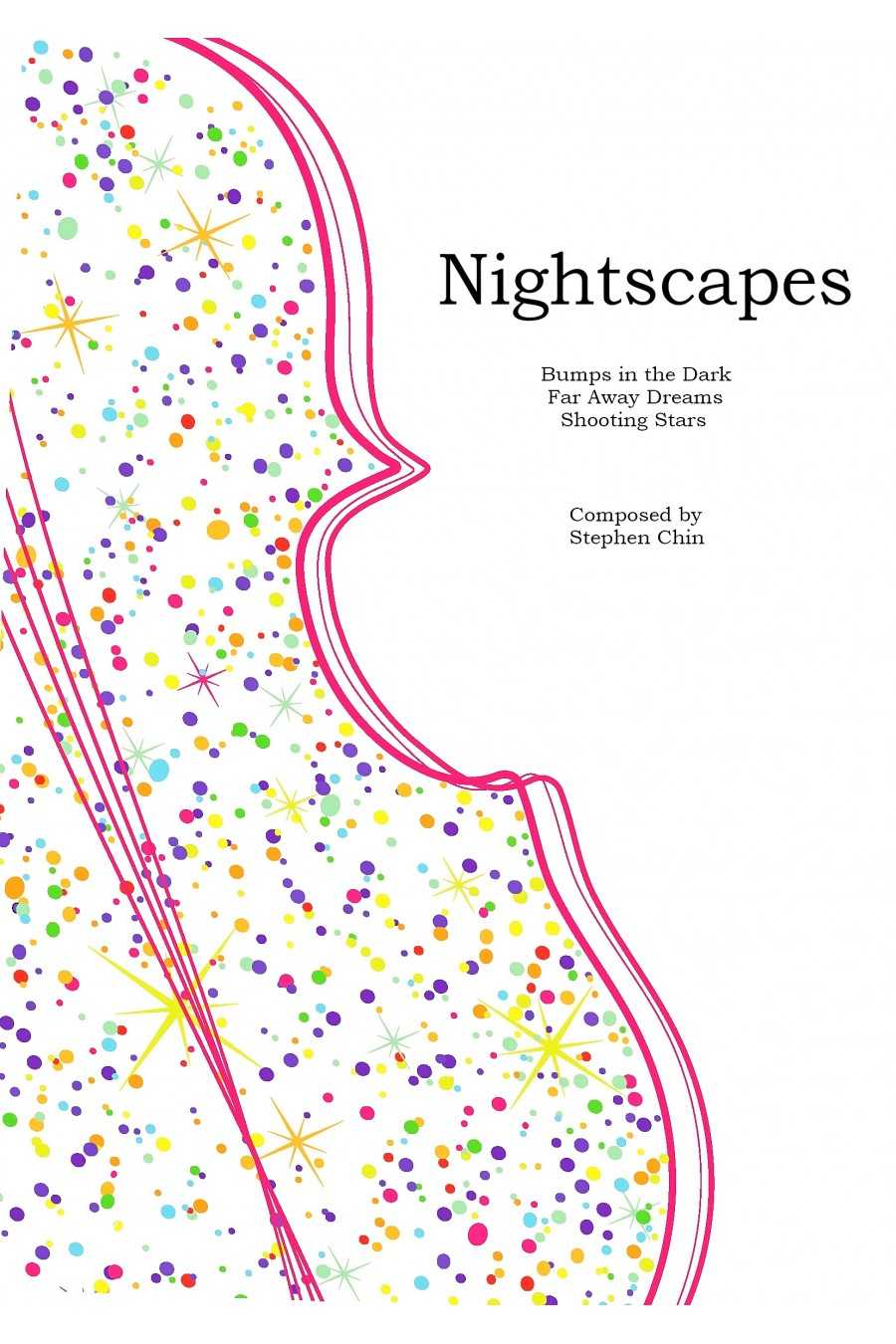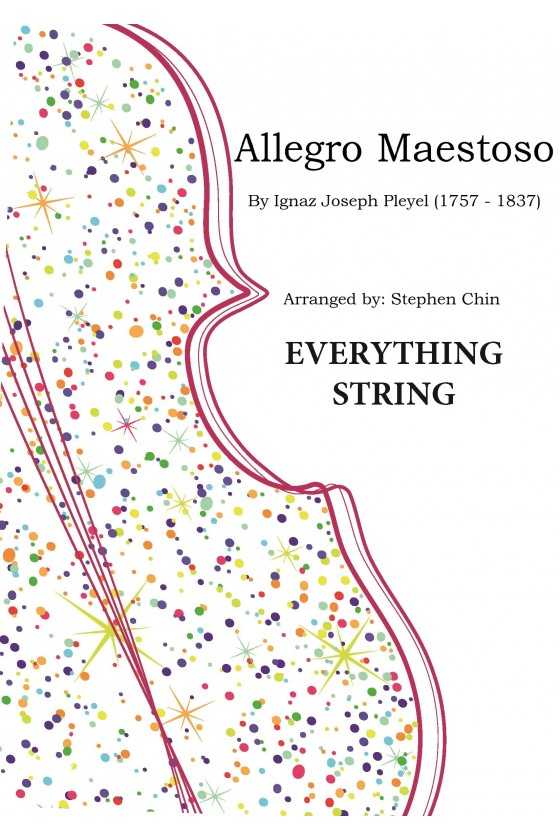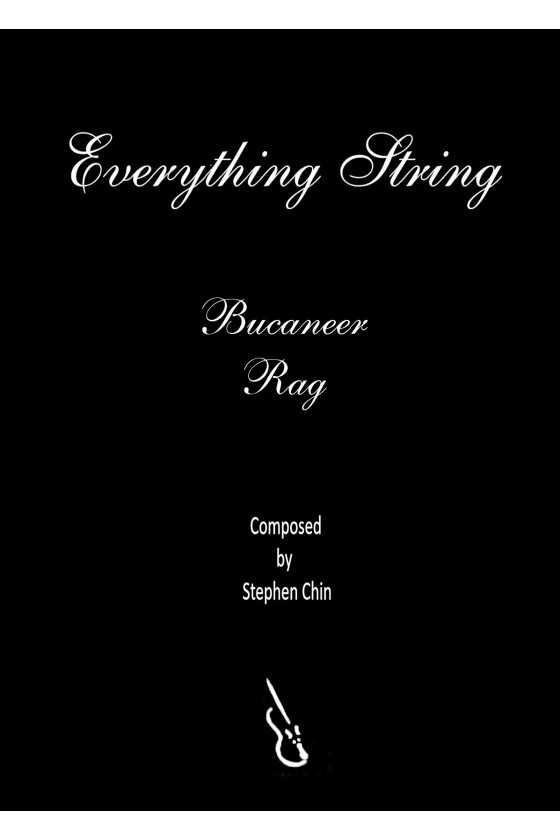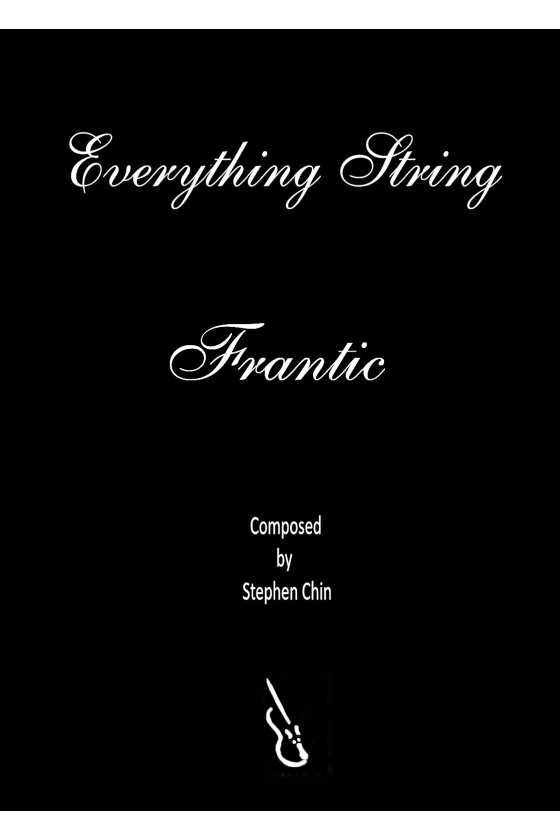Nightscapes by Stephen Chin
This suite of three contrasting movements is a delightful musical journey that is sure to captivate the hearts and minds of young string players. With a range of techniques such as tremolo, pizzicato, harmonics, tapping, and even screaming, beginners will have a blast exploring the various sounds and textures. The first movement, Bumps in the Dark, is a thrilling and suspenseful piece that will keep listeners on the edge of their seats. The second movement, Far Away Dreams, is a gentle and introspective piece that allows young players to explore the beauty of lyrical playing. The final movement, Shooting Stars, is a majestic and awe-inspiring piece that evokes a sense of wonderment about the celestial spheres. Throughout the suite, the melodic interest is shared among various sections of the orchestra, encouraging active listening and collaboration within the ensemble.
Listen to #1 – Bumps in the Dark
Listen to #2 – Far Away Dreams
Listen to #3 – Shooting Stars















